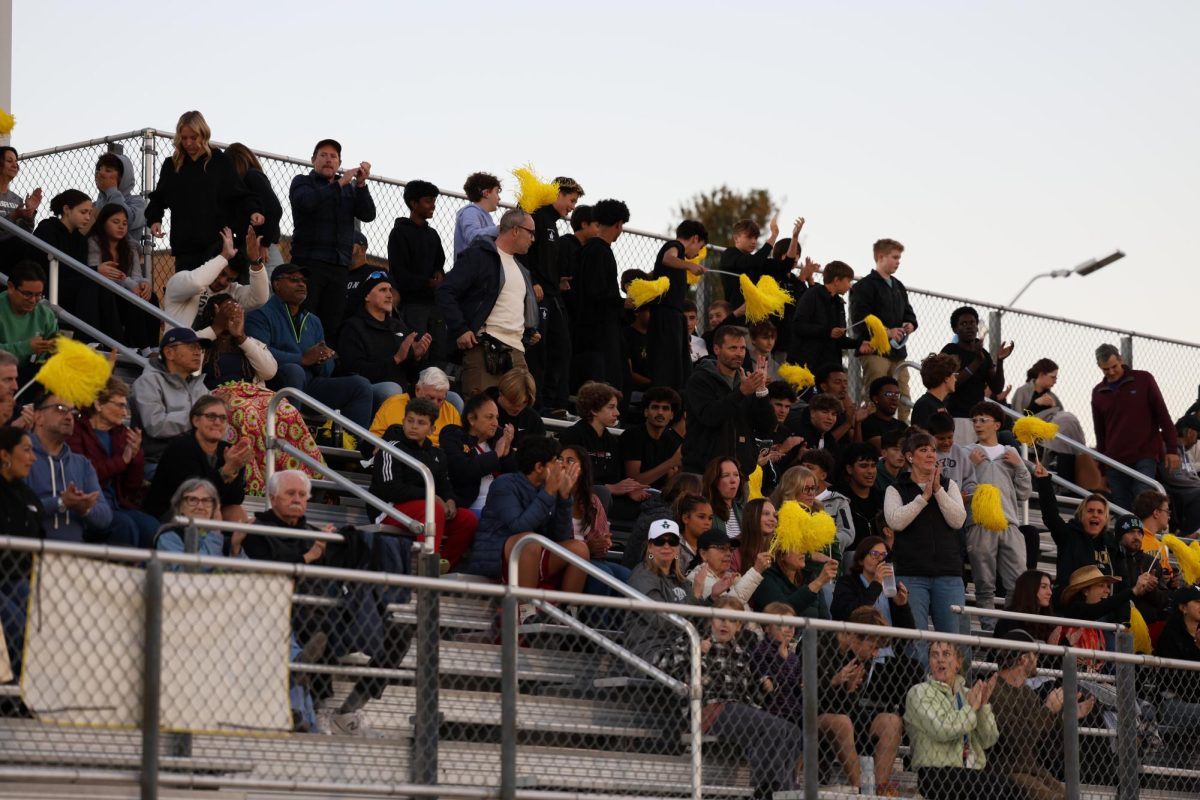Worth Looking Up For: Evening Star, Morning Sky
February 4, 2014
Despite its reputation as the Evening Star, early-risers and athletes with morning practice will note that Venus is now the brightest object in the pre-dawn sky. Rising about two hours before the sun and remaining until as late as 7 a.m., our neighbor Venus ranges up to 20 degrees above the southeastern horizon, to the upper right of a waxing crescent moon that will hit first quarter on Wednesday.
If the sky is clear, the sunlight reflected across the moon will appear to terrestrial viewers just 1.3 seconds after it hits the lunar surface. Luckily for a group of University College London students, more distant objects can take much longer to appear on Earth. While learning how to use a telescope at a workshop run by Steven Fossey, undergraduates Ben Cooke, Tom Wright, Matthew Wilde, and Guy Pollack were the first to report the discovery of a 12 million-year-old supernova. The supernova, in galaxy M82, reached maximum brightness this week and, while not visible to the naked eye, will be the star of a livestream (click here) on Thursday (February 6).









